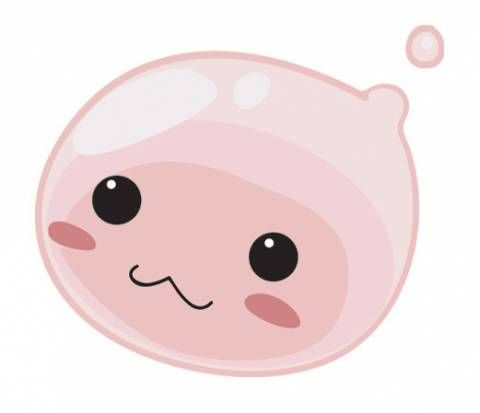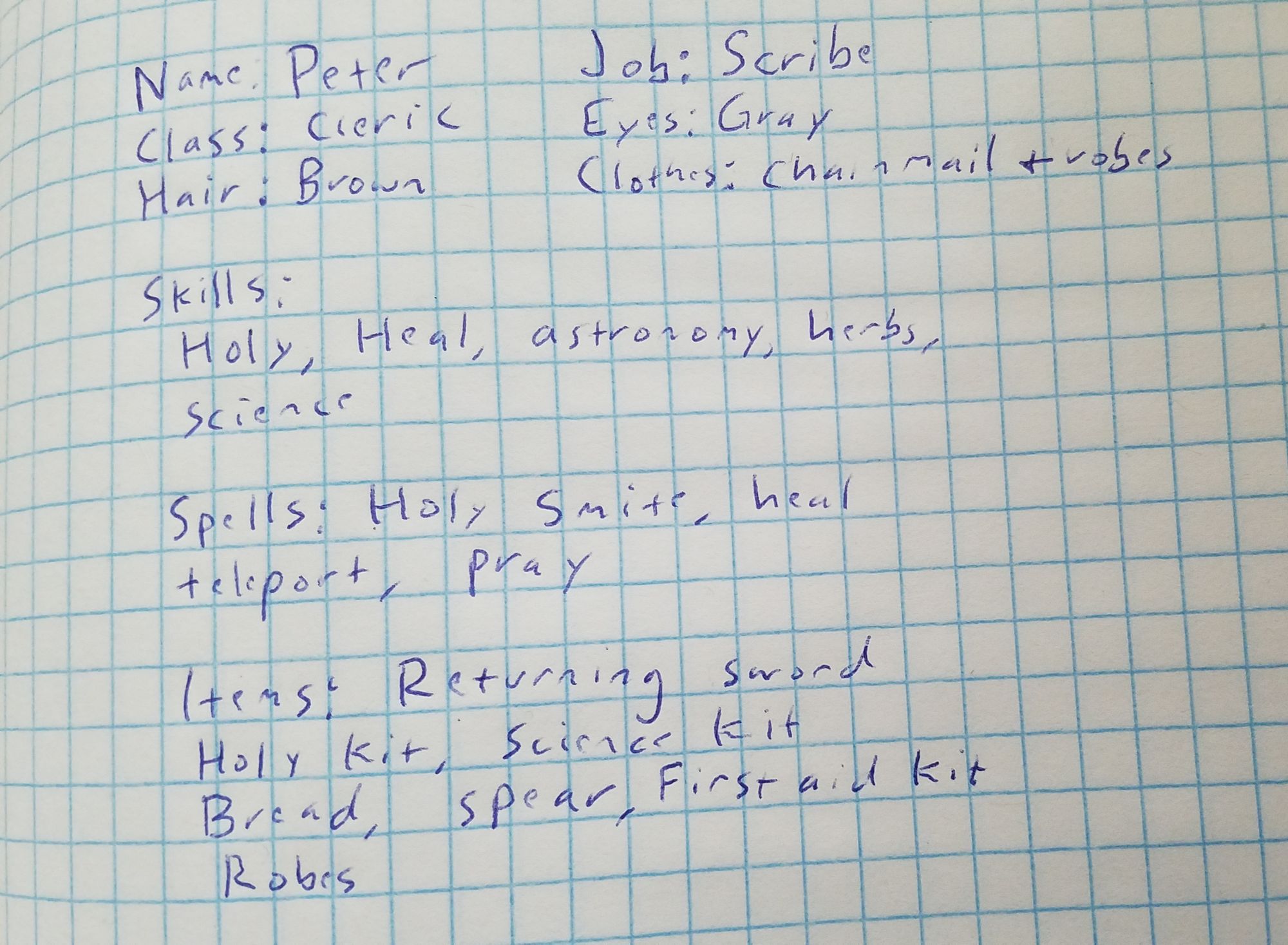Making Games with Kids

I recently had someone ask me about good TTRPGs for younger kids, and after looking around a bit, I realized there is absolutely no shortage of great kid friendly games, including Tails of Equestria, No Thank You Evil, and countless others. However, younger kids are incredibly creative and driven, and generally have a pretty good idea of what they want out of a game.
So, why not have them build their own?
By allowing the youth to build their own game, they can control the complexity, identify the areas of interest, and have accountability around what is in the game, while also being able to express their creativity and have a fun activity with you. By giving them the opportunity to build their own game, they have an opportunity to stretch their imagination and build a sense of creative agency that will serve them well later in their life. However, there are a few guidelines with building games with youth to keep in mind to make the experience go a bit smoother.
-Let them have free reign over the story, the inventory, the classes, and all the fluff. Remember the rule of 'Yes, and...' when they come up with ideas, while finding ways to accentuate and enhance the ideas. Be willing to do a lot of the heavy lifting when fleshing things out, but also give them opportunities to step up and do whatever work on it they want.
-Let the mechanics fit the game, not the game fitting the mechanics. The game will likely be broken. That's fine. Nobody's first game is going to be perfectly balanced, especially when they're 10. If they start to realize areas where things are broken, encourage them to find a way to fix it, and brainstorm ideas.
-That being said, use your knowledge of mechanics to make it work. If you've got a lot of familiarity with RPGs, borrow mechanics that make sense from other games, while not making them too complex. Instead, recommend them as a way of doing things, and let the youth identify if it's a good fit for what they want.
-Use art. Go look for cool art with the youth, and let them design what sort of stuff they want in the game. I've found that kids prefer the more cartoony JRPG style as opposed to more traditional fantasy art, but let them guide you in the visual direction they want.
-Focus on story. Kids excel at worldbuilding, and this is a great opportunity for them to flex their creative muscles. Encourage them to write down the timeline and draw a map of the world, who the leaders are, what the biggest dangers are, and other open questions to get them really coming up with some ideas.
-GM. When there is a finished product, run the game. Model how to be a good gamemaster, and once they are feeling confident in the process, let them take over, but be willing to switch things back. I've seen a number of times when younger GMs try to run games, but quickly become overwhelmed (often times by their siblings) and freeze up, so create a safety net around that so they don't become disillusioned.
-Say 'Yes, and,' or 'Yes, but,' identifying where the lines between excitement and frustration are. The trick of running a game is identifying where the fun lies for them. Some kids may say they want a game where everything they want, they get, but they will soon find they're bored as it's all too easy. Instead, temper that with 'yes, but...', creating situations where their goal is visible, but there's something in the way that they need to overcome to get it. On the flip side, be aware of frustration. Unlucky dice rolls, overly complex situations, or just tiredness can be a lot, so being able to build engagement with rewarding play can help.
-Be aware of different developmental levels. You may find yourself in a game with several siblings, ranging from ages 8 to 17. The game that the 17 wants to play (Grimdark fantasy) is going to be drastically different than the one the 8 year old wants to play (adopt all the monsters as cute fluffy pets.) Try and find a middle ground, or just have it be thematically all over the place to create a truly unique world.
-Lean into the story and role play. Kids naturally gravitate towards make believe, and by leaning into that, you'll make a compelling experience. Extra points if you can include art, do voices, and add vivid descriptions of what's happening.
-Step up the table management. Younger kids are more likely to get a bit squirrely after sitting down for a few hours, so use props and provide breaks, and also identify where arguements and hurt feelings are occurring. In games where it's siblings playing, these are likely to arise, and be indicative of larger sibling conflict, so be ready to address those as they come up.
-Don't be perfect, just be present. Kids tend to really latch onto the weirdest memories, and completely forget the ones you worked really hard to make perfect. Don't focus on making the perfect RPG experience for them, just be there, working to make a fun one. And make sure you are having fun. Get too worked up about making something overly detailed and you'll lose focus.
To close, I'm going to include a basic character sheet I recreated from memory from the game my brother and I made when we were kids, which was in turn loosely based off of Taskmaker, an old shareware RPG that we played obsessively. Note that there's pretty much no actual stats, we could just roll a six sided dice (or, if we were playing outside, describe the action) to determine success. It was the opposite of a functional, balanced game, but I still remember out time playing it as being one of my most cherished childhood memories.

Thanks for reading, and if you have any feedback or thoughts on designing games for kids, hit me up on twitter @rollforkindness!